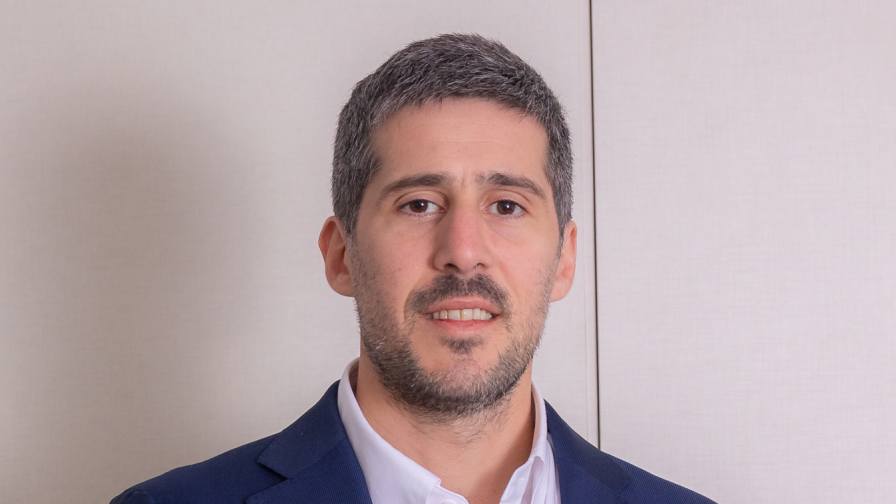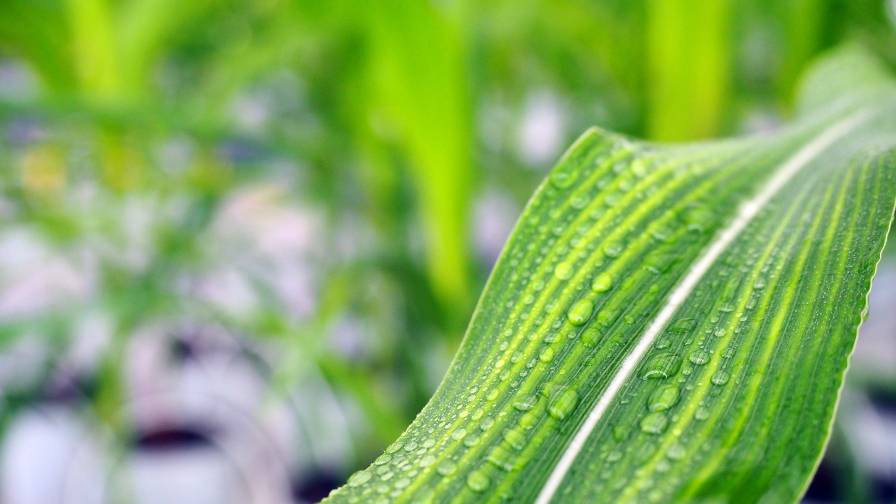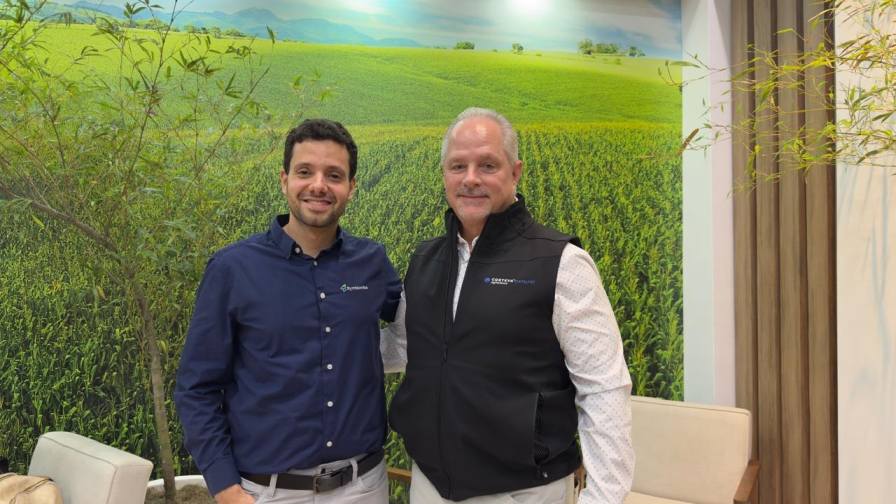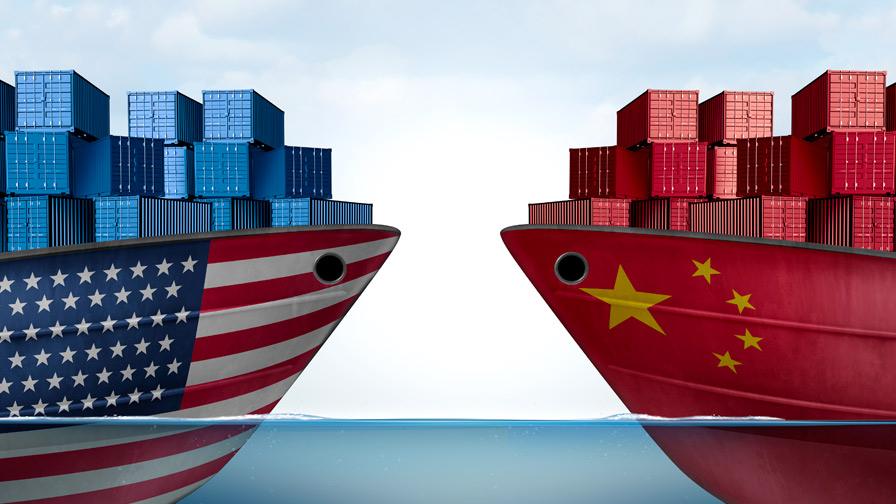How to Navigate Barriers to Entry
For decades before the 1980s, Brazilian agriculture was recognized as a sleeping giant with vast potential and a promising future, if only exporters could figure out how to traverse the country’s sprawling landscape with remote farmlands.
Brazil’s government began to stimulate the growth of agriculture beginning in the late 1970s with the institution of subsidies to farmers. Since then, the government has turned its favor toward non-food crops for export. In addition, it began to subsidize sugar-cane to feed its ethanol businesses domestically and for export markets.
The result of these research initiatives and incentives for the production of soybeans,sugarcane, wheat, coffee, citrus and cotton crops over traditional row crops — such as manioc, dried beans, corn, rice, and vegetables — has resulted in strong farm incomes and a boost to the national export economy. With Brazil’s currency declining against the dollar, exports continue to drive the national economy and have resulted in expanded production of many crops, and therefore heightened opportunity for manufacturers and distributors of crop protection products. Likewise, agriculture machinery, fertilizers, irrigation, seed and other agriculture technologies have been buoyed by farm expansions.
Regulatory Revelations
Prior to Brazil’s agricultural expansion, Brazil’s pesticides were governed by the Ministry of Health and the Ministry of Agriculture. These entities determined the efficacy of pesticides and their impact on public health. Most pesticides were proven in Brazil as well as in other markets, and oft-used actives tended to be ones that distributors bought in large volumes.
But all that changed in 1986 with the establishment of IBAMA, which is charged with protecting Brazil’s environment, therefore giving them a role in the approval of pesticides. What was a slow and cumbersome process became even slower and more difficult to navigate as IBAMA added another layer of bureaucracy, one with a mandate of not only protecting the environment but also protecting the lucrative export revenue the agriculture industry was generating. New standards from the EU and US had to be taken into account when making domestic policy to preserve trade profits.
These new international standards made the registration process in Brazil costlier and lengthier, as many can attest to today. Registrations in Brazil are some of the most expensive and drawn-out approvals (or denials) in the world, but for those who make it through the minefield, they are some of the most lucrative in the long term as well. Part of the profitability of the market resides in this difficult registration process because it creates a barrier to entry for smaller companies. The logjam in the regulatory process also puts a stranglehold on supply, which drives prices higher than in many markets around the world.
The resultant market rivals the US in value, driven largely by the registration systems in place. With a total market share of $7 billion in 2010 and an average compounded growth rate of 8 percent, its sales figures are set to outpace the US in value, and it already might be the most profitable market with higher product margin and lower volumes. Still, ample opportunity exists for manufacturers looking to get into Brazil, which should continue to offer business opportunities for the next decade as it continues to grow and as more products wiggle through the registration process.
Generic companies long have sought to enter Brazil, but the registration cost and pace have been a deterrent. The sheer number of companies trying to enter the market has created more market share for off-patent companies, and that market share is expected to rise in the coming years.
Companies from China, Malaysia, Korea, India, Germany, Spain, Portugal and the US, as well as Brazil, Paraguay, Argentina, Uruguay, have all tested these waters either as manufacturers, formulators, distributors, traders or investors.
More than 275 registration applications of technical product based on equivalency were reported in December 2010. Just a month before, our consulting company, AllierBrasil, facilitated the sale of a Brazilian formulation company with several product registrations, which resulted in 38 non-disclosure agreements signed. This is illustrative of the number of companies collaborating around the formulation, marketing and distribution of registered products. Once dominated by multinational R&D companies, equivalency registrations have helped deregulate the market since they became permissible in 2006.
Since then, 151 technical products and 160 formulation registrations were approved from generic companies. According to an official report in December 2010, there were 261 technical product submissions in line for evaluation, and 106 were in some stage of the regulatory process. Although the rejection of technical product registrations is around 20 percent to 25 percent, it results in approximately 275 new technical product registrations. Besides the size of the market, these numbers are quite significant considering some of the new players accessing the market share based on cutting prices.
In recent years, staffing issues plagued government agencies that approved registrations. However, worker stability in these agencies has helped workers gain experience and brought some stability to this segment. Along with the building of expertise, more detailed and elaborate dossiers have surfaced. At first glance, these new dossiers appear to add complexity to the process, but in practice, the added sophistication has helped staff to make more informed decisions more quickly. The high percentage of rejections is primarily caused by the applicant rather than the expertise and strictness of the authorities.
Registration evaluations are estimated to be completed in 24 months and a record number of registration applications is expected in 2011.
Market Complexities
As with any burgeoning market, increased competition brings new complexities to the market as businesses look to capitalize on new opportunities.
One practice often seen is direct sales from formulators to growers. This is usually done with the country’s largest growers, but there is a trend of cutting distributors out of the value chain. Direct sales mean lower prices for growers and better profitability for formulators. In addition to large growers, some farmer cooperatives are beginning to surface to streamline procurement and achieve better pricing at the farm level.
Additionally, traders with access to low-cost pesticides are beginning to drive prices down, and there is some evidence that local manufacturers are following suit. Again, this strategy is a play for market share rather than industry expansion.
Third, there is some evidence that consultants, once they successfully approve a client’s equivalency registration, are turning the data packs into commodities themselves so they can market them to other potential registrants and/or distributors. Distributors have some choices in light of new players in the market. They must choose between lower sales margins working with multinationals versus a bigger outlay of cash with generic companies, which generally require prompter payment terms than multinationals, which generally extend credit to distributors or demand payment after sales of product.
Also notable, the volume of sales in good growing years helps maximize the company’s value, but companies that are opportunistic investors/distributors in the industry often have trouble collecting, which means that agricultural expertise is critical for profitability.
The most important link in accessing the market is the right distribution system and partnerships. New entrants focus on companies’ size and/or marketing messages instead of their proven ability to deliver in the marketplace, which has proved to be a disaster for new entrants.
Some established generic companies, such as Nufarm and Makhteshim-Agan (local Milenia), have been purchased by local companies, specifically Agripec, Defensa and Herbitécnica. Together with other generic products companies, they have a considerable market share of 16 percent to 20 percent, and ample room for growth still exists. Nufarm is already distributing Sumitomo’s products. Milenia fired more than 250 employees in 2010, representing 30 percent of the workforce, ultimately streamlining the company to be more competitive as the market share battles wages.
And for good reason: Brazil has 394 million hectares of arable area, the most in the world. Today only 63 million hectares are cultivated, representing just 16 percent of its potential.





